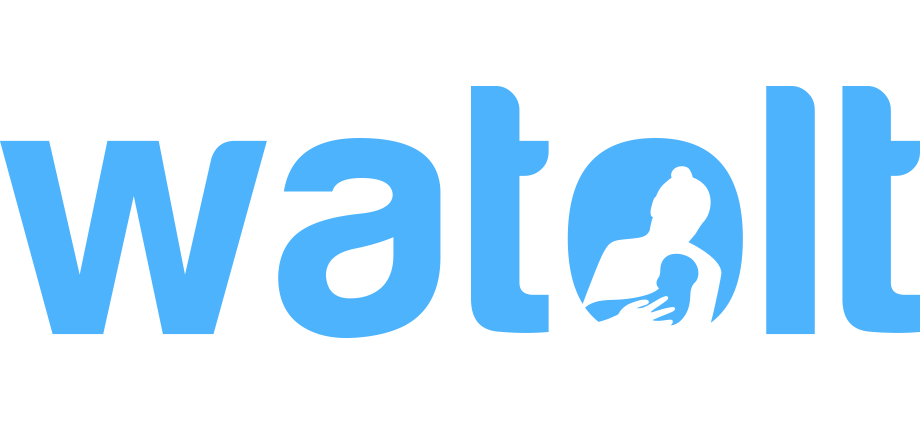Mar 29 , 2020
Proper And Safe Pacifier Use
It’s perfectly natural for babies to want to suck. This behavior helps babies calm down when they feel anxious and breastfeed without any issues.
When it’s too early to breast or bottle-feed, parents often give their children pacifiers to help them suck as much as they want. Many agree that this popular parenting tool does come with a few advantages—it can decrease the risk of SIDS, soothe anxious babies, and help babies satisfy their need to suck in an easy and manageable way. However, improper use of pacifiers has also been known to lead to quite a few problems, such as early weaning and crooked teeth. Here are a few dos and don’ts of pacifier use to take note of:
DO Steer Clear of BPA
Bisphenol-A (BPA) is a chemical found in several plastics and household products. Although it isn’t considered as too hazardous or toxic for now, a few studies have found that BPA could have damaging effects on the physical and mental development of infants and children. Many manufacturers have since stopped using BPA in their sippy-cups and other baby products, but it’s still best to double-check whether that pacifier at the store has any dangerous substances before bringing it to the check-out counter.
DO Sterilize Before Use
Pacifiers are just as susceptible as other small objects to harmful germs and bacteria. When your little one puts a dirty pacifier in his mouth, he could end up inviting tons of nasty germs into his body. It’s always important to properly sterilize and disinfect pacifiers before allowing your child to use them in order to avoid any risk of infection or illness.
To sterilize your pacifier, simply wash it with soap and hot water after every use. If your pacifier is brand new, place it in boiling water for at least 5 minutes before giving it your child. Oh, and be sure to let the pacifiers cool down before putting it in your little one’s mouth.
DON’T Let Babies Share
Pacifiers are a one-to-one deal. Once it’s entered a baby’s mouth, it shouldn’t be shared with anyone else. Allowing babies to share pacifiers is a huge no-no as this could lead to serious cross-contamination and illness. You should also avoid “testing” or “cleaning” pacifiers by sucking them yourself as harmful germs and bacteria from your body could end up infecting your child’s immune system.
DON’T Use Broken Goods
Before buying a pacifier, always be sure to check for any cracks or wear-and-tear. Any kind of damage in a pacifier can pose significant dangers for your baby, such as bacteria accumulation or choking, so better throw that pacifier out if it isn’t in good condition. The best pacifiers usually have a soft, clean, and damage-free nipple with a shield that measures 1 to ½-inches across.
DON’T Give A Pacifier Too Soon
The best time to allow your child to start using a pacifier is when they've already gotten used to breastfeeding. Babies might not be able to tell the difference between a plastic and natural nipple when they use pacifiers too early. This can lead to problems with babies not drinking enough milk or weaning from breastfeeding way too soon. It’s usually best to wait a bit, at least one month after birth according to the American Academy of Pediatrics, before giving your child his first pacifier.
DON’T Depend On A Pacifier
Babies can become too dependent on pacifiers if you use them as an easy solution for crying or fussing. When your baby shows discomfort by screaming or crying, always check to see what’s wrong first instead of popping a pacifier in their mouth right away. Otherwise, your baby will just learn to suck their feelings away instead of properly communicating that they’re sick or hungry.
DON’T Use One Forever
Pacifiers aren’t meant to be used forever. Allowing babies to use pacifiers for way too long can lead to a variety of health problems, such as ear infections and crooked teeth. It’s perfectly alright to let your baby use a pacifier as much as they need during the first six months of their life, but you’ll need to wean them off when they turn older than 6 months. You can gradually wean babies off their pacifiers by slowly reducing the number of hours they can use them each day.





